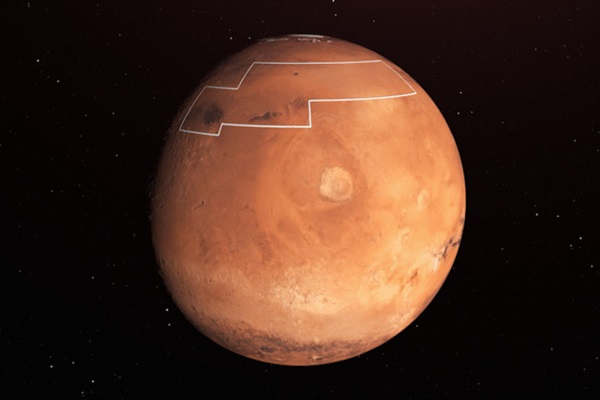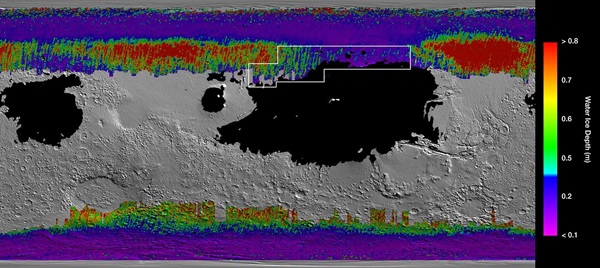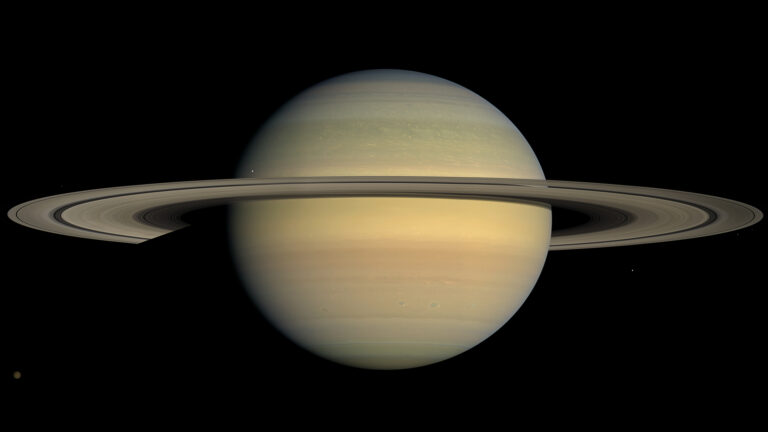Key Takeaways:
- Researchers addressed the critical need for accessible water for future crewed Mars missions by developing a method to determine the precise depth of subsurface water ice, beyond previous estimates of within 10 meters.
- A team led by Sylvain Piqueux deduced ice depth across the planet by monitoring seasonal surface temperature variations, leveraging the principle that subsurface ice influences surface temperature fluctuations due to its heat storage properties.
- Their analysis produced a global map revealing that water ice is present merely inches below the surface across large areas of Mars, notably including advantageous lower latitudes, not just polar regions.
- This widespread and shallow distribution of ice significantly expands the array of potential landing sites for future human missions, thereby enhancing mission planning flexibility and the feasibility of in-situ resource utilization.
A team of researchers has found that on large areas of Mars, ice is only inches below the surface and would be easy to get to. This gives planners of future Mars missions many options when deciding where on our neighboring planet astronauts should land.
The researchers present their work in a paper published Tuesday in the journal Geophysical Research Letters and in a talk on Friday at a meeting of the American Geophysical Union.
Looking for martian ice
Water ice is good at storing heat. In the summer, underground ice will tend to absorb extra heat from the ground above it, making the ground surface a bit cooler than it would have been without ice. In the winter, the ice releases some of that stored heat into its surroundings, making the ground surface a bit warmer. The more dramatic this effect, the closer to the planet’s surface the ice must be.
The researchers created a map of how deep ice is on the entire planet. They found that on large areas of Mars, ice is only a few inches below the surface.
“It’s just right there, you can scratch the surface and access it,” said Piqueux.
Where to land on Mars
Finding shallow stores of ice over large areas of the planet means future Mars missions will have many options when choosing landing sites for astronauts.
And Piqueux found that there’s shallow ice not just near the planet’s poles, but at lower latitudes as well. This is a plus for mission planning, because it’s preferable to land away from the poles, and closer to the equator, when possible. It’s harder to land near the poles, and the climate is harsher there.
Piqueux says that further studies will give researchers an even sharper picture of where ice lies on the planet and what the terrain is like in those areas. Then, mission planners can identify where the best landing sites might be.












